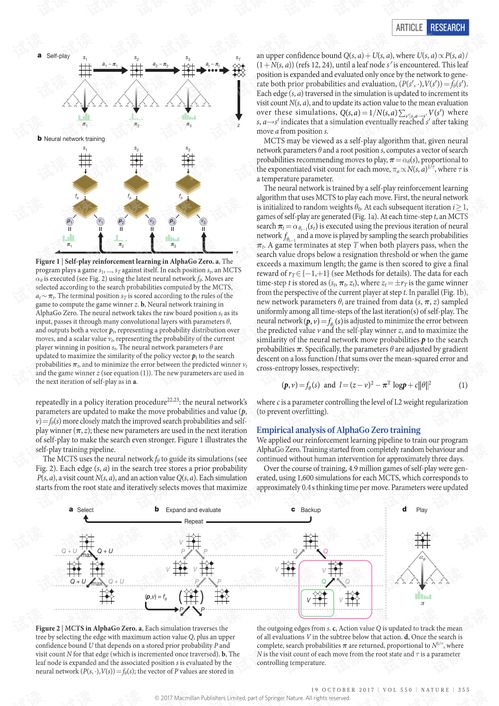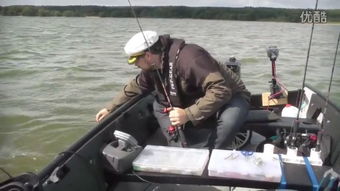Introduction
Fishing, an age-old pastime, requires not just patience but also a certain level of skill and knowledge. One of the most crucial aspects of fishing is understanding how to properly tune your fishing line. The right line tension can make the difference between a successful catch and a frustrating day on the water. In this article, we will delve into the art of line tuning, providing you with a step-by-step guide, accompanied by detailed diagrams, to help you master this essential fishing technique.
Understanding the Importance of Line Tuning
Before we dive into the specifics of line tuning, it's important to understand why it matters. The tension of your fishing line affects several critical aspects of your fishing experience:
- Hook Set: The tension in your line directly impacts how effectively you can set the hook when a fish bites.
- Fish Feel: A well-tuned line allows you to feel the subtle movements of the fish, which is crucial for maintaining a successful fight.
- Line Strength: Proper tension can help prevent the line from breaking under the strain of a strong fish.
- Fishermen's Comfort: An appropriately tuned line reduces the strain on your arms and hands, making for a more enjoyable experience.
Step-by-Step Guide to Line Tuning
Now, let's get into the nitty-gritty of line tuning. We'll go through the process with clear, easy-to-follow steps and diagrams.

Step 1: Choose the Right Line
The first step in line tuning is selecting the right type of line for your fishing conditions. Different types of fishing lines have different properties and are suitable for various environments.
- Monofilament: Versatile and easy to use, monofilament is great for beginners.
- Braid: Known for its strength and sensitivity, braid is ideal for heavy-duty fishing.
- Fluorocarbon: Offers excellent visibility underwater and reduces stretch, making it great for finesse fishing.
Step 2: Measuring Line Length
To begin tuning your line, you'll need to measure its length. A common length for most fishing situations is 25 to 30 feet. However, this can vary depending on your fishing style and environment.
Step 3: Attaching the Leader
Attach a leader to the end of your main line. The leader is a shorter section of line that connects to the lure or hook. The length of the leader can vary, but a common length is 12 to 18 inches.
Step 4: Loop Knot
Now, it's time to tie a loop knot at the end of your leader. This knot allows for a more natural presentation and makes it easier to change lures.
- Diagram 1: Loop Knot Tying
- Step 1: Create a simple overhand knot.
- Step 2: Pass the end of the line through the loop.
- Step 3: Pull the knot tight and trim the excess line.
Step 5: Adjusting Line Tension
To adjust the tension of your line, you'll need to experiment with the amount of pressure you apply to the line.
- Diagram 2: Adjusting Line Tension
- Step 1: Hold the line with one hand.
- Step 2: Apply pressure to the line with the other hand.
- Step 3: Feel for the right balance between too much and too little tension.
Step 6: Testing Your Line
Once you've adjusted the tension, it's important to test your line. Cast your lure and observe how it behaves. If it's too tight, your lure may dive too quickly. If it's too loose, your lure may not reach its intended depth.
- Diagram 3: Testing Line Tension
- Step 1: Cast your lure.
- Step 2: Observe the depth and movement of the lure.
- Step 3: Adjust the tension as needed.
Conclusion
Line tuning is a fundamental skill that can greatly enhance your fishing experience. By following the steps outlined in this guide and using the provided diagrams, you'll be well on your way to mastering the art of line tuning. Remember, the key to successful line tuning is practice and patience. With time, you'll develop a feel for the perfect tension, leading to more successful fishing trips and more memorable catches. Happy fishing!












